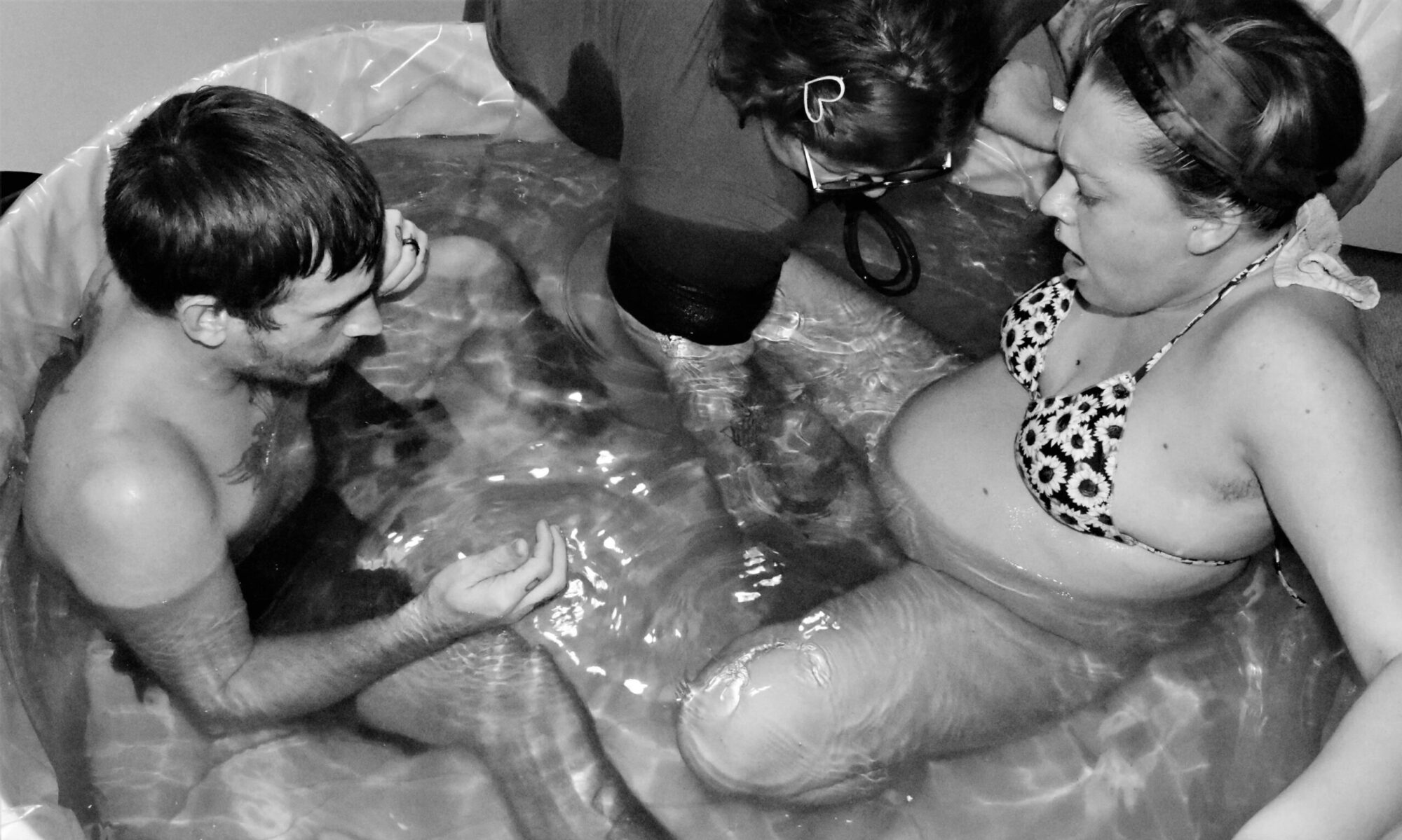7. Outcome of planned home births in an inner city practice
Ford C, Iliffe S, Franklin O (Department of Primary Health Care, Whittington Hospital, London.)
BMJ 1991 Dec 14; 303(6816): 1517-9
The progress of 285 women who booked home births between 1977 and 1989 were followed for this study. Seventy-seven point 6 percent had normal births at home, 9.4% were transferred to specialist care during pregnancy, and another 9.4% transferred to hospital during labour. First-time mothers were more likely to transfer to hospital because of slow labour, but they were no more likely to transferred to specialist care during pregnancy. Postnatal complications for mother and baby were very rare after home birth, with only four mothers and three babies needing specialist attention. The researchers concluded that “birth at home is practical and safe for a self selected population of multiparous women, but nulliparous women are more likely to require transfer to hospital during labour because of delay in labour.“ Note that this study, like many others, did not find any evidence that home birth was unsafe for first-time mothers (“nulliparas” or “primigravidas”), just that they were more likely to transfer to hospital because of a long labor. The abstract does not give details of the proportion of first-time mothers who transferred, but even if it was as high as the 40% in the National Birthday Trust study, that does not mean home birth is impractical for first-time mothers. How many hospitals can boast that 60% of their first-time mothers give birth naturally, with no interventions? The rate for planned home births is actually higher than that, because many women who transfer to hospital go on to give birth there with no major interventions, but only further observation or pain relief. Granted, some women who give birth at home will have interventions there – some women have their membranes ruptured at home, for instance – but this is unusual. Caroline Flint, a famous UK midwife and former President of the Royal College of Midwives, has commented that home birth is very safe for first labours precisely because they tend to be slower – it means that there is plenty of time to transfer if there is any sign of trouble. Read abstract on Medline
